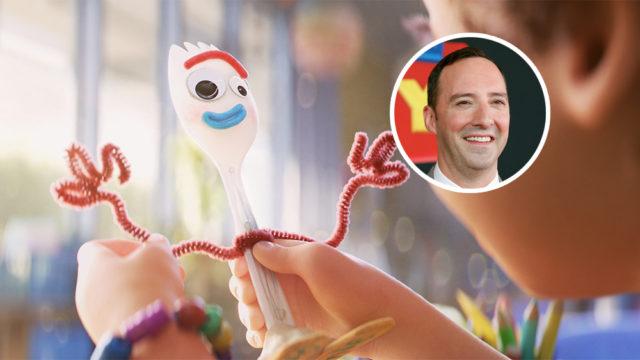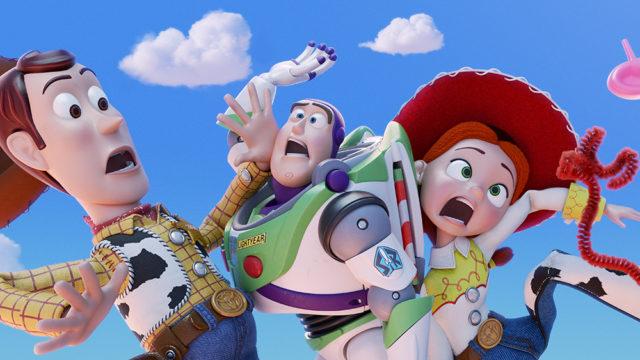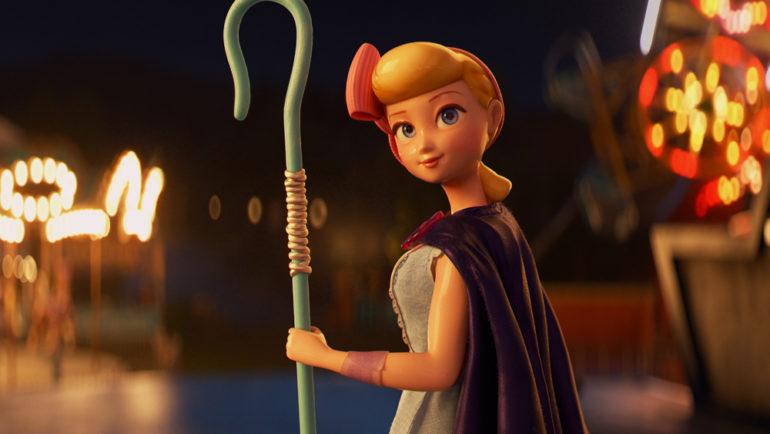‘Toy Story 4’ Shows How Representation of Disabilities Can Change the World
LOS ANGELES (Variety.com) – As kids of all ages exited the movie theater after seeing the supposed last of the “Toy Story” franchise, there were many conversations in the halls – from tears and sadness that the franchise is most likely over, to discussions about the new characters, and people reminiscing about the sporks they used in the school cafeteria growing up. However, one conversation stood out and deserves a bigger audience: disability representation in the media.


‘It’s me!’ That was the reaction from one little audience member with a cochlear implant. For the first time in her life, she saw herself represented on the screen through a happy kindergartner in Bonnie’s class who had a bright green implant, thanks to Pixar. To many viewers, this may have been a small detail overlooked in the background of a scene. But, for the nearly 100,000 Americans with a cochlear implant, or their family members, this was a big win.
This isn’t the only disability representation in the film. The film showcases Bo Peep’s strength and positive spirit after the loss of a limb, and emphasizes the importance of accepting our unique differences. It also shows Gabby Gabby, who desperately wants to fix her broken voice box – believing it’s the only way a child will love her and want to play with her.
 Tony Hale Forky Toy Story 4
Tony Hale Forky Toy Story 4Is the portrayal perfect? No. There is a lot of work to be done in the way Hollywood showcases disabilities. Usually characters with disabilities take a background role, rather than being a lead, unless the show is centered around the disability itself. And, there is no need to “fix” those with disabilities – they can and do lead full lives, loved by many, just as they are.
However, the acknowledgement by the Toy Story creators that there needs to be representation, and the inclusion of these characters is a huge step in the right direction.
More than 25 percent of the U.S. population has a disability, yet the disability community is represented in less than three percent of on-screen roles. We know the impact the media has on shaping our youth. If there is no representation of the largest minority group in the country in the shows that our youth is watching, how is that preparing them for the real world?
Disabilities can take many shapes, from the more visible physical disabilities, to mental, cognitive or communicative disabilities, which may be harder to detect. When shows and movies aimed at children, such as “Toy Story,” have representation, there is less fear of the unknown when a child first meets a peer with that disability, and the more empathy we build as a society. Not only are we cultivating a more inclusive world, but we are fostering a sense of belonging and community with members of society that have been historically left out and purposefully left in the wings.
 TOY STORY 4
TOY STORY 4The effort to include this representation took no additional extraordinary effort by the artists and animators. But, the impact it has is extraordinary. “I can’t wait for my kid to see and hear the movie” and “It means the world,” are just some of the reactions heard in the first week about the inclusive representation in the film.
Inclusion starts with awareness and continues with action. There’s still work to do in giving those with disabilities greater screen time, and more authentic representation. These simple actions and considerations not only mean the world to those who finally see themselves on screen, but can change the way the world defines and views disabilities.
Mark Whitley is the president and CEO of Easterseals Southern California. For 100 years, Easterseals has been a resource for individuals with developmental disabilities or other special needs and their families. The services provided by Easterseals Southern California make profound and positive differences in people’s lives every day, helping them address life’s challenges and achieve personal goals so that they can live, learn, work and play in our communities.
